Advertisement
When you ask a chatbot a question, you're probably expecting a clear, helpful answer. Something direct, honest, and maybe even a little witty. But something is happening behind the scenes that most users don't think twice about: censorship. AI chatbot censorship isn't about removing curse words or blocking spam. It runs deeper. It shapes the answers you get and, sometimes, the ones you never will.
At its core, chatbot censorship is a set of filters and rules put in place by developers or companies to decide what an AI can and can’t say. Some of it is obvious—like blocking hate speech or avoiding dangerous advice. But it doesn’t stop there.
These filters often extend into topics like politics, health, sensitive history, or anything considered controversial by the system or its creators. The result? A chatbot might steer away from your question, give a vague response, or skip it entirely—depending on how it’s been programmed.
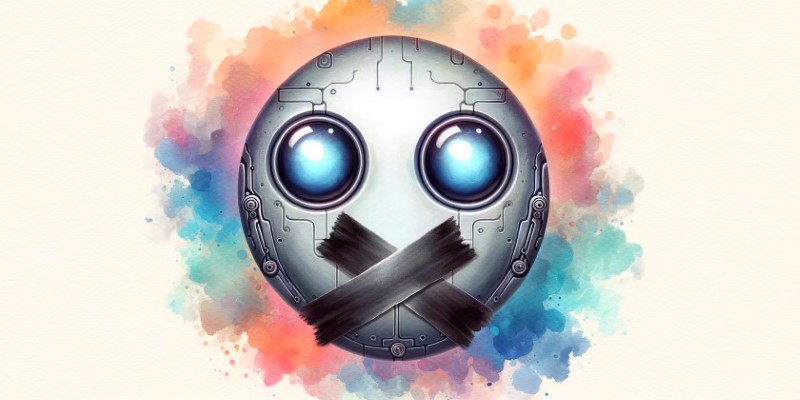
Most of this happens behind the scenes. You’re chatting with what feels like a neutral tool, but it’s already operating with a long list of do’s and don’ts. Some of that is about safety, but a lot of it ties back to risk management. Companies are trying to avoid legal trouble, reputational damage, or anything that could backfire—like handing out medical advice or suggesting financial moves.
There’s also branding to think about. A chatbot linked to a company is seen as part of that brand. If it says something that doesn’t match their values or tone, it’s a problem. So they build guardrails.
But here’s the catch—those choices shape how the AI sees the world. They limit the range of views it can offer and often leave out full sides of a conversation. Even when the goal is safety, the result is usually a narrowed version of reality.
Censorship doesn't always mean a red warning or a blank reply. Often, it's subtle.
Ask about a current event, and the bot might respond with vague statements or repeat official lines. In some cases, it avoids the question altogether. The tone stays neutral—even bland—by design. In personal conversations, it might dodge anything outside a clearly “safe” category. Strong language, humor, or sarcasm often get stripped out, leaving answers that feel a little too polished.
Chatbots also tend to rely on pre-approved datasets. If the original data doesn't include fringe perspectives, underrepresented voices, or recent updates, the bot won't either. Even when a topic isn't explicitly filtered, the absence of diverse data acts as a form of silence. What you don't hear can be just as telling as what gets said—and that gap often goes unnoticed unless you're looking for it.
Some filters are location-based. Ask the same question in two different places, and you might get different answers—especially around politics or government criticism.
And then there's the learning loop. Chatbots adapt to feedback but also to their limitations. Over time, this builds a pattern where they avoid risk, even when there isn't any. The result is a kind of soft-filtered dialogue that never quite goes deep.
So, how does all this affect the average user? In a few key ways.
First, it changes the kind of information you have access to. If you're asking for insight, opinion, or context, the chatbot might only give you one angle—or none at all. You could walk away thinking a topic has one clear truth when, in reality, it's far more layered.
It also impacts trust. People tend to treat chatbots as neutral, but when censorship is involved, neutrality becomes tricky. The bot isn’t just answering questions—it's reflecting a set of decisions made by humans behind the scenes. These choices aren't always obvious or consistent.
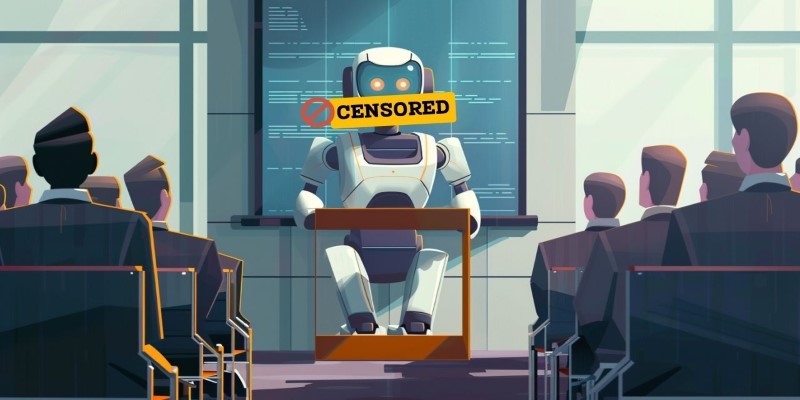
Then there’s the issue of self-censorship. Once users realize chatbots filter their responses, some start to change the way they ask things. They word questions differently or avoid certain topics entirely. That kind of restraint, even when subtle, shifts the whole interaction.
Lastly, there's the missed potential. AI chatbots could be useful tools for open conversation, exploring different views, and learning new things. But when they’re tightly filtered, that purpose is watered down. You’re left with a smarter version of a FAQ page instead of a real conversation partner.
You don’t have to become a software engineer to make sense of all this. But being aware helps.
Pay attention to how a chatbot responds. If it feels like it's dodging, hedging, or repeating generic answers, there’s probably a filter at play. Try rewording your question or asking for sources to see if anything changes.
Use multiple tools. Don’t rely on just one chatbot or AI assistant for everything. Different platforms use different rules, and comparing them can give you a better picture of what's being left out.
And most importantly, keep your judgment active. AI can be helpful, but it doesn't replace real thinking. If something feels off or incomplete, trust that instinct and look a little deeper.
Chatbots are a major part of how we interact with tech now. They answer our questions, help with tasks, and make things easier. But what they don’t say—or aren’t allowed to say—is just as important as what they do. Censorship in AI isn’t always obvious, but it quietly shapes our view of the world. Some responses are filtered for safety, others for policy. Either way, it means you're not always getting the full picture. Being aware of that helps you make smarter choices and keep the conversation open—whether you're talking to a bot or a person.
Advertisement

AWS SageMaker suite revolutionizes data analytics and AI workflows with integrated tools for scalable ML and real-time insights

Ever wondered if your chatbot is keeping secrets—or spilling them? Learn how model inversion attacks exploit AI models to reveal sensitive data, and what you can do to prevent it
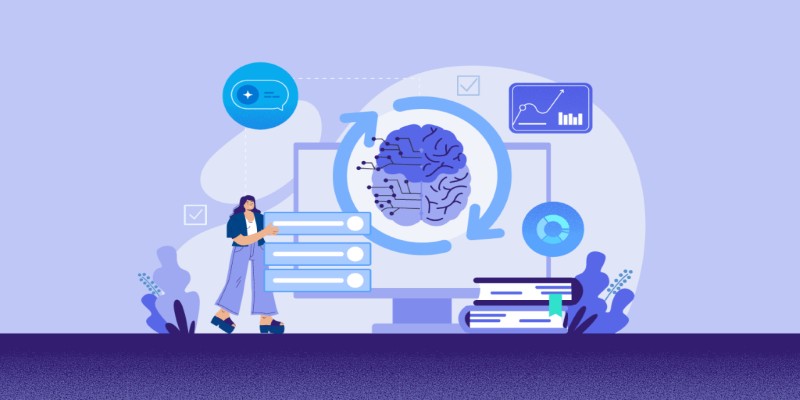
Not sure how Natural Language Processing and Machine Learning differ? Learn what each one does, how they work together, and why it matters when building or using AI tools.

Can smaller AI models really compete with the giants? Discover how Small Language Models deliver speed, privacy, and lower costs—without the usual complexity

New to ChatGPT? Learn how to use OpenAI’s AI assistant for writing, organizing, planning, and more—no tech skills needed. Here’s how to start and get better results fast

Ever wonder why your chatbot avoids certain answers? Learn what AI chatbot censorship is, how it shapes responses, and what it means for the way we access information

What makes Google Maps so intuitive in 2025? Discover how AI features like crowd predictions and eco-friendly routing are making navigation smarter and more personalized.

Multimodal artificial intelligence is transforming technology and allowing smarter machines to process sound, images, and text
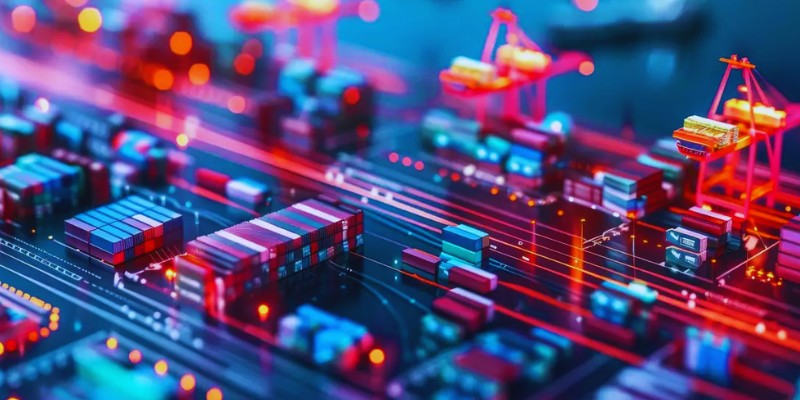
Discover how GenAI transforms supply chain management with smarter forecasting, inventory control, logistics, and risk insights

Spending hours in VS Code? Explore six of the most useful ChatGPT-powered extensions that can help you debug, learn, write cleaner code, and save time—without breaking your flow.

How can AI make your life easier in 2025? Explore 10 apps that simplify tasks, improve mental health, and help you stay organized with AI-powered solutions
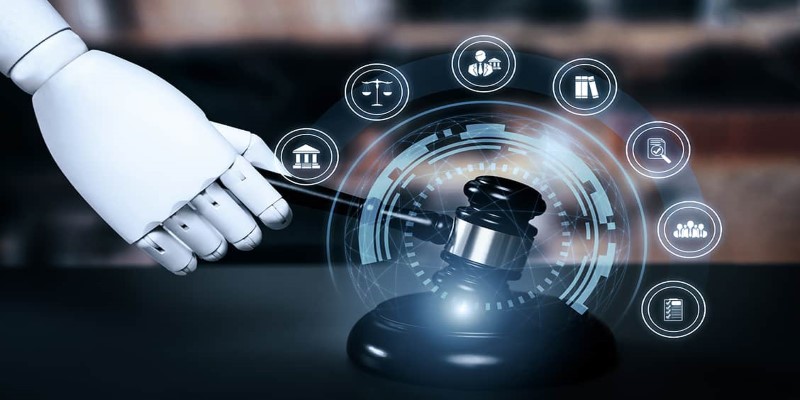
Wondering who should be in charge of AI safety? From governments to tech companies, explore the debate on AI regulation and what a balanced approach could look like